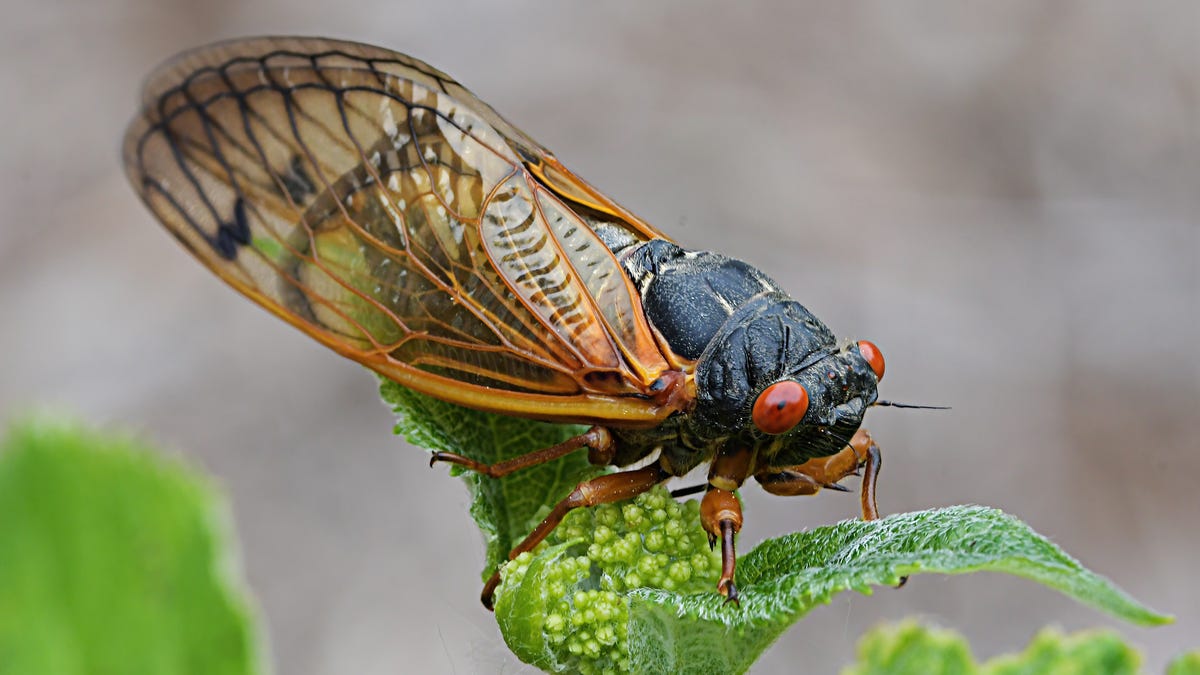
This year will be a big cicada year in the Midwest.
We live with cicadas every summer, thanks to the “annual cicada” nymphs that emerge from their underground homes, climb the nearest tree, and molt into their adult form. They then make an unholy racket as part of their mating process. Every so often, one or more of the cicada species in the broods that remain underground for much longer periods–13 or 17 years–also emerge, and the cicada love call noise level increases accordingly. This year, multiple species in both of the longer span cicada broods will emerge, for the first time since 1803, so we’ll probably need earplugs.
It will be prime time not only for enduring the calls of the cicadas, but also for studying these interesting–albeit loud–creatures. One of the things scientists are interested in examining is a fungus called Massospora that infects only cicadas. The fungus replaces their abdomens and genitals with fungal tissue and fills their systems with chemicals, causing them to engage in unusual sexual behavior to spread the fungus even more. Among other things, scientists are interested in seeing whether the fungus can be used for medicinal purposes in humans. (Speaking only for myself, I’d be leery of ingesting any medicine created with a cicada fungus that has the effects described above, but then I’m not very adventurous.)
I’ve lived through a number of these periodic cicada brood emergences, and it’s really no big deal. It’s loud at night when the cicadas are getting busy, but they soon die, making for crunchy walks in the cicada zones and helping to enrich the soil. I’d never travel to see even more cicadas, but if you want to get maximum cicada exposure, scientists say that Illinois will be ground zero.

 We’re coming to the end of the latest cicada season in Ohio. This morning as I took a lap around Schiller Park I saw one of the dying cicadas on the sidewalk, on its back, with its ugly insect legs feebly waving in the air. I put a key next to it so people who don’t live in cicada territory could get an idea of its huge size — much larger than flies or bees or the other bugs that we see every summer.
We’re coming to the end of the latest cicada season in Ohio. This morning as I took a lap around Schiller Park I saw one of the dying cicadas on the sidewalk, on its back, with its ugly insect legs feebly waving in the air. I put a key next to it so people who don’t live in cicada territory could get an idea of its huge size — much larger than flies or bees or the other bugs that we see every summer.